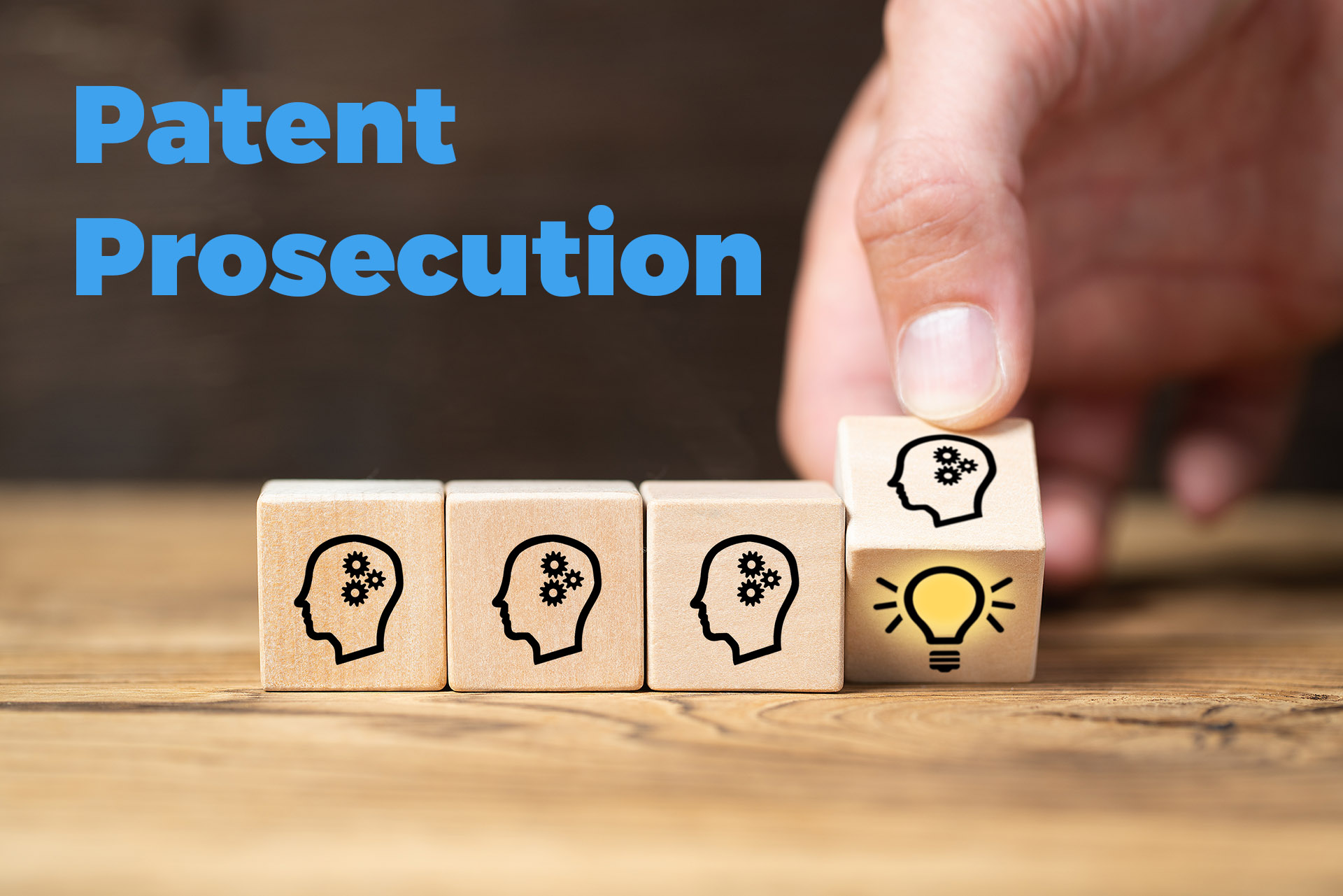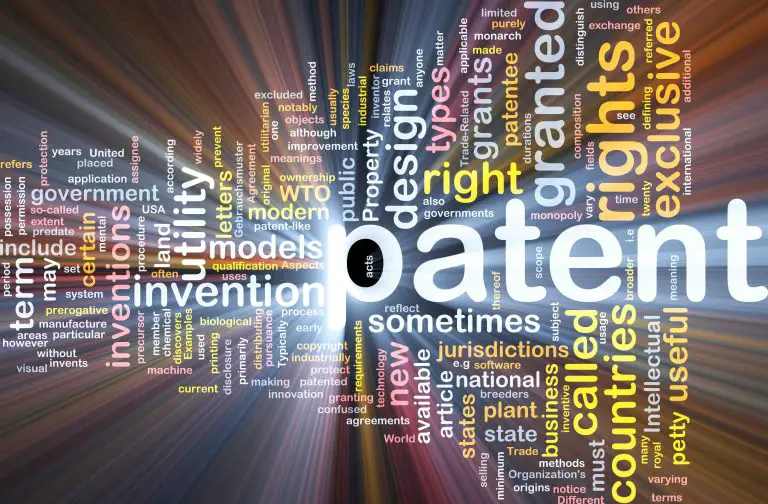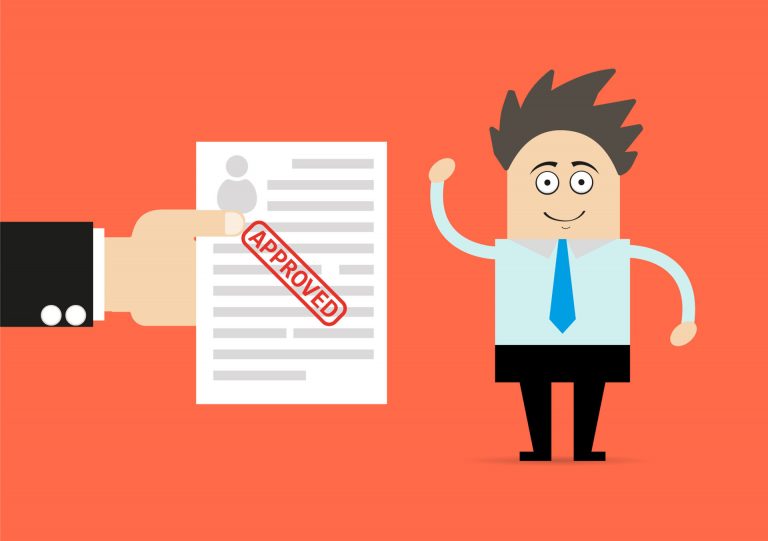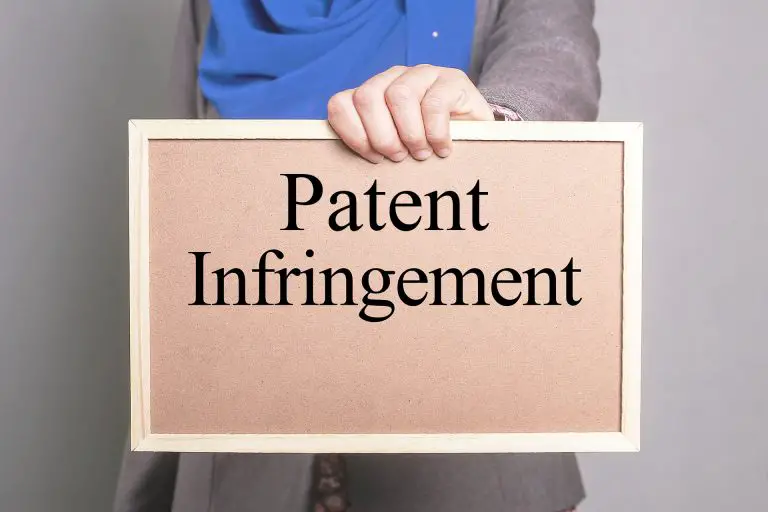What is Patent Prosecution?
What is Patent Prosecution?
When some people hear the term patent prosecution, they think of the prosecution in a criminal matter, however, for patents, it’s quite different. Patent prosecution is the process of preparing a patent application, filing it with the patent office, and negotiating with the patent office in order to have them grant a patent application. Patent prosecution is different from patent litigation. Patent litigation typically occurs when parties are involved in a dispute, such as patent infringement.
Patent Prosecution Steps
- Preparing a patent application
- Reviewing the application
- Filing the patent application with the USPTO
- The patent office then conducts a patent search for prior art
- The patent office then examines the patent application
- The patent examiner issues the first office action
- The patent office may object to the claims of the patent application
- The applicant will have an opportunity to respond to the objection by the patent office
- The patent application will either be granted or rejected
- If rejected, the applicant can appeal the rejection
Preparing a Patent Application
Patent prosecution begins when an applicant begins to prepare a patent application. To obtain a patent, an applicant must thoroughly describe the invention that he wants to patent. He must explain how to make the invention, as well as how to use the invention. Regular, nonprovisional utility patent applications must have formal patent claims that layout the new functions of the invention.
Most applicants include drawings as part of their utility patent application to further describe the function of their invention. Drawings make it easier for the patent examiner to understand how the invention works, as well as its scope.
Typically, during this step, a patent attorney will try to ascertain whether an inventor publicly disclosed the invention or offered it for sale more than 12 months prior to filing a patent application. This is so because public disclosure of the invention more than 12 months prior to filing a patent application bars an inventor from patenting the invention because it would be considered as prior art.
Every patent application should include the following:
- A thorough and complete description of the invention
- Patent claims
- Specification sheet
- Inventors oath or declaration
- Patent filing fees, search fees, and examination fees
- Drawings of the invention
Note: If you forget to include any of the following in your patent application, the patent office will send you a letter requesting the missing information. Make sure that you promptly reply to such a request to avoid abandoning your patent application.
Reviewing a Patent Application
After drafting a patent application, an attorney will typically have the applicant review the application to ensure that the application thoroughly and accurately describes the invention to be patented. Once a review is completed, an attorney will file the application with the USPTO.
Filing a Patent Application
The United States has adopted a “first to file rule” that awards a patent to the inventor who first files a patent application with the patent office. This rule incentivizes inventors to file a patent application with the patent office as soon as they can describe how to make the invention. Before filing a regular utility patent application, some inventors choose to file a provisional application to obtain an early filing date for their invention.
That said, after drafting a regular patent application, inventors then file it with the patent office as soon as possible to obtain that early filing date we talked about. To file a regular patent application with the patent office, an applicant will have to pay the required fees.
These fees include:
- Nonprovisional (regular) patent application filing fee
- Patent search fee
- Patent examination fee
- Additional pages fee (when applicable)
The party who first files a patent application is the one who will be able to patent that invention. Anyone who files after won’t be able to patent that same invention.
Patent Office Patent Search & Examination
Once an inventor files his patent application with the patent office, the application is assigned to an art examination unit. This unit will conduct a patent search to determine if any relevant prior art exists to bar the patentability of the invention.
Patent examiners perform a search of the USPTO patent database, as well as other journals and magazines that relate to the field of the invention to determine if the invention claimed in the application has already been disclosed or patented.
The patent office may also use search engines to find relevant prior art. If the patent examiner finds prior art that is the same or similar to the invention to be patented, he may reject the patent application on the grounds that prior art exists to prohibit patenting the invention.
First Patent Office Action
After the patent examiner conducts a patent search and examines the patent application, he will issue what’s known as the first office action. The first office action lists the claims that the patent examiner has allowed to go forward, as well as any problems or deficiencies with the patent application. Patent applicants are allowed to respond to office rejections. More on responding to office rejections below.
Opportunity to Respond to Rejections
The patent applicant will typically have an opportunity to respond to such rejection. The applicant usually responding by giving the patent examiner reasons as to why the invention is different from the prior art brought up by the patent examiner.
The applicant may also make amendments to the patent application to fix the problems brought up by the patent examiner. If the applicant chooses not to respond to the office action, his application may be abandoned.
So, how long do applicants have to wait to patent their inventions?
The amount of time it takes for the patent office to conduct its prior art search and patent examination depends on the complexity of the invention, as well as the patent load that a technology unit has. According to statistics from the USPTO, it currently takes 24 months on average, measured from the filing date of a patent application, for the patent office to either grant or deny a patent application.
For applicants who don’t want to wait for 24 months to patent their invention, they can make a request to use the USPTO’s Track One priority service that promises to either grant or deny a patent application within 12 months of filing a patent application. That said, the USPTO only offers this service for 10,000 applications per year.
Appealing a Rejection
If the patent examiner issues a final rejection for your invention, you may still be able to patent it, but you have to file an appeal with the USPTO. Applicants who appeal rejections, argue that the patent office wrongfully rejected the application, so you will have to make your strongest arguments as to why the patent examiner got it wrong and why you should be granted a patent for your invention.
If you successfully appeal the rejection the patent office will grant your patent application and your invention will be issued a patent. That said, if the patent office issues a final rejection for your invention and you do not appeal the rejection, your patent application will be abandoned.
What Isn’t Patent Prosecution
As discussed, patent prosecution is the process of obtaining a patent by preparing, filing, and communicating with the patent office to obtain a patent. Patent prosecution does not involve bringing a lawsuit or defending a lawsuit for patent infringement.
When you’re responding to or bringing a patent infringement lawsuit, the process is known as patent litigation. Patent prosecution takes place at the USPTO, while patent litigation usually takes place in a federal district courtroom between two private parties making and defending allegations of patent infringement.
Patent prosecution takes place between an inventor and a patent examiner so that an inventor can protect his invention. Patent prosecution has nothing to do with violating laws and criminal charges, rather it has to do with the process of patenting an invention.
Hiring an Attorney or Patent Agent to Prosecute Your Patent Application
Although the USPTO allows inventors to prepare, file, and prosecute their own patent applications, they recommend that inventors hire an attorney to assist them with these tasks. The patent office makes this recommendation because patent law is complex and inventors are usually unfamiliar with patent law and the process of patenting an invention.
Having an attorney at your side assisting you with patenting your invention can save you time and money by avoiding costly mistakes. Also, you may have to communicate with the patent office to make amendments and changes to your patent application. Having an experienced patent attorney assist you will help you obtain the best patent protection possible.
If you don’t have the money to hire an attorney, you should explore the option of hiring a patent agent.
Patent agents are licensed by the USPTO to assist inventors with preparing, filing, and prosecuting their patent applications. They typically charge less than patent attorneys because they aren’t attorneys, but they do have experienced working with the patent office assisting inventors to patent their inventions.








